THE LINEAGE OF SHEM
The name, Shem, is rendered as Sumu in the Akkadian irecords. At the time of the scattering of the nations from Babel, the descendants of Japheth
migrated to the north and north-west of Shinar, mainly towards Europe. They also migrated to the south-east towards the Indian sub-continent, and thence to the Far East. The descendants of Shem and Ham however, shared between them the southern and central regions of Asia Minor and Arabia, with Ham's descendants
SHEM
------------------|------------------
Elam Asshur Arphaxad Lud Aram
| |
| |
(58) Shelah ------------------------
| Uz Hul Gether Meshech
|
|
(59) Eber
|
--------------
(74) Peleg Joktan
Elam
The founder of the Elamites, which people were known to the Babylonians as the Elamtu, to the Greeks as Elymais, and whom the Romans knew as Elymaei. The Elamites recorded their own name as the Haltamti. Subsequently, the Old Persian inscriptions rendered their name as (h)uju, and the Middle Persian inscriptions speak of huz, which is simply the archaic form of the modern Persian name for Khuzistan, which now covers what used to be the land of Elam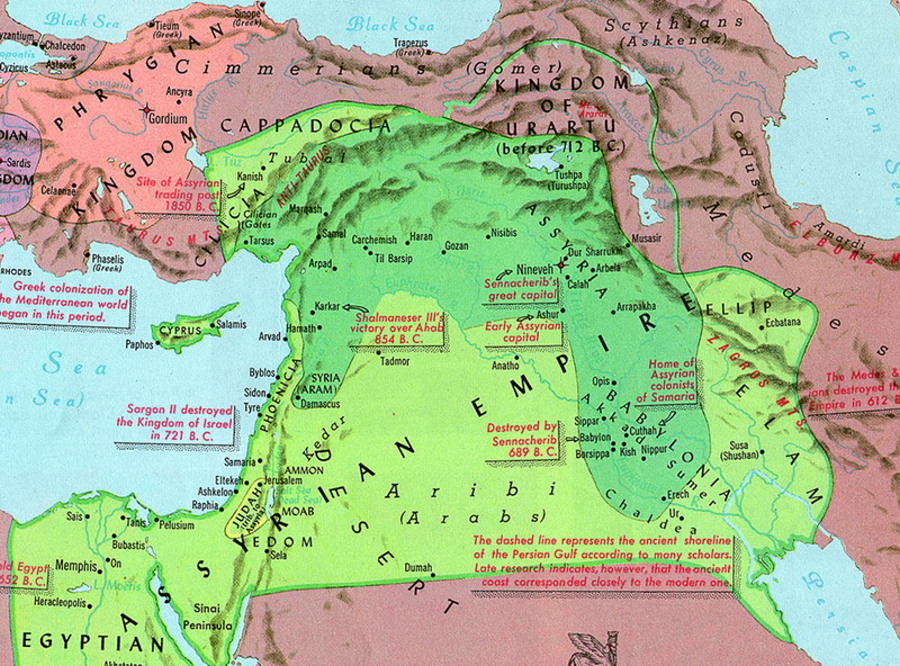
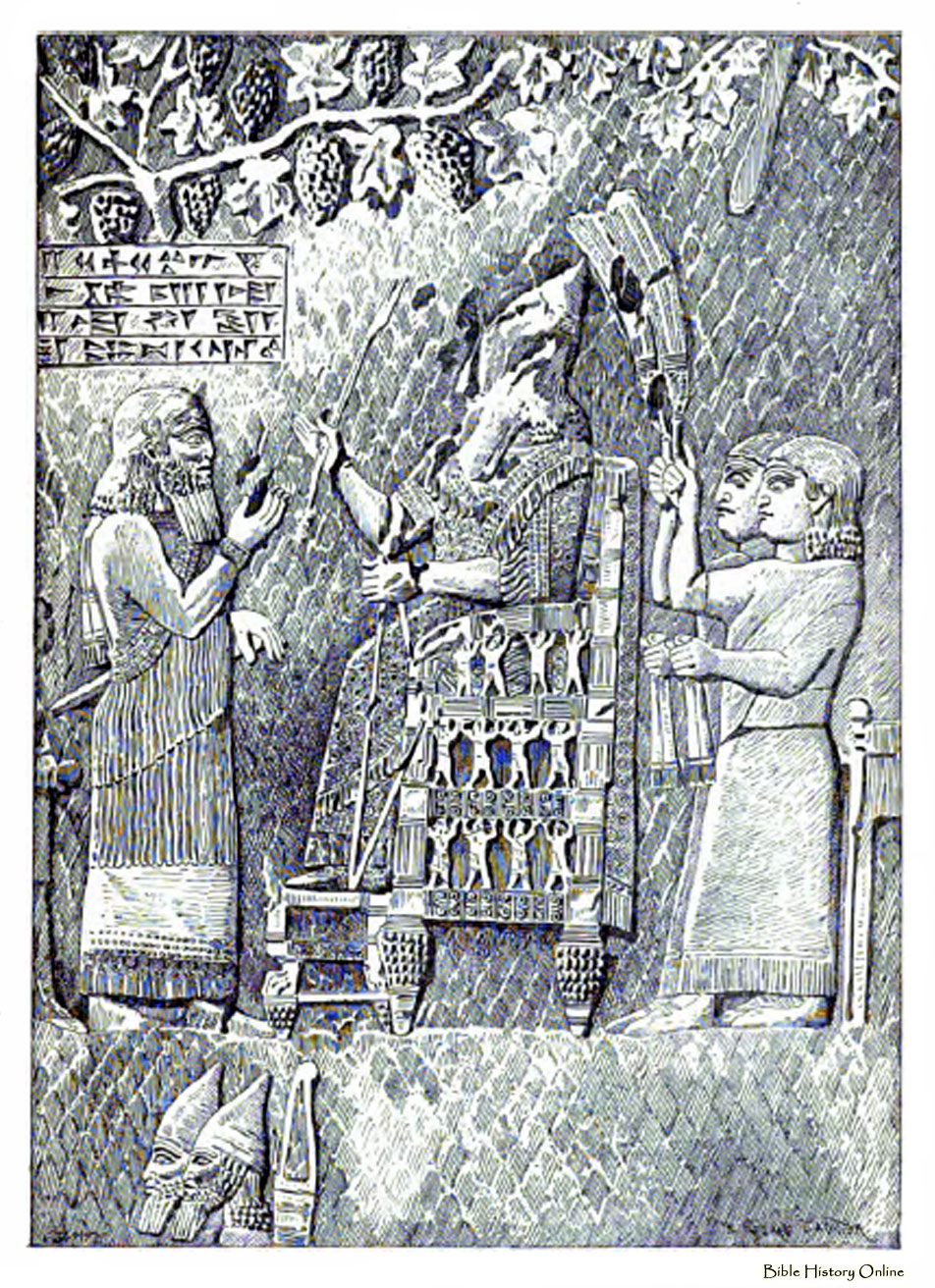
Asshur
The founder of the nation to whom he gave his name, to wit Assyria. It may be possible to identify Asshur in the early king-lists of Assyria as Puzur-Asshur I. According to these lists, Puzur-Asshur I would have lived and reigned c. 1960 BC, which accords rather well with the biblical chronology. Asshur was one of the earliest men to be deified and worshipped by his descendants. Indeed, as long as Assyria lasted, that is until 612 BC, accounts of battles, exploits, diplomatic affairs and foreign bulletins were daily read out to his image; and every Assyrian king held that he wore the crown only with the express permission of Asshur's deified ghost. On an even more fanciful level, in Jewish rabbinical literature he is said to have been the only righteous man in the days of the building of Babel, moving away when he learned the sinful nature of the enterprise. But this is so unlikely, and is at such variance with the vary nature of even his earliest descendants that it can be safely dismissed

Arphaxad
He was the progenitor of the Chaldeans country of babylon , his name being equivalent to 'arpkeshed', that is, the boundary of Chaldea. That he was indeed the forebear of the Chaldeans is confirmed by the Hurrian (Nuzi) tablets, which render the name as Arip-hurra - the founder of Chaldea. The name was also known to the Akkadians as Arraphu. Some scholars have endeavoured to treat his name as a derivative of the Assyrian phrase 'arba-kishshatu', meaning the four corners of the world; but given the somewhat localized nature of the Chaldean people, confining themselves for the most part to southern Mesopotamia, this derivation is unlikely. The Assyians knew his descendants as the Kaldu, adept astrologers, magicians and mathematicians. Ptolemy, however, recorded the name of their land as Arrapachitis, whilst it was known to others as Arphaxitis. The very earliest settlement of the children of Arphaxad, however, appears to have been what is today a two and a half acre ruin called Arpachiya. It lies some four miles to the east of ancient Nineveh, and is the remains of a very early farming community


Lud
The early descendants of Lud, the Ludim, were known to both the Assyrians and Babylonians as the Ludu. s that their land was later known as Lydia , a direct Greek derivation of the name of Lud) which lay in western Asia Minor. The Lydians were famed in the old world for the skill of their archers. They spoke an Indo-European language, some examples of which are in the form of certain items of graffiti that currently defiles certain Egyptian monuments. The land of Lydia however, was finally conquored by Cyrus, king of Persian the year 546 BC
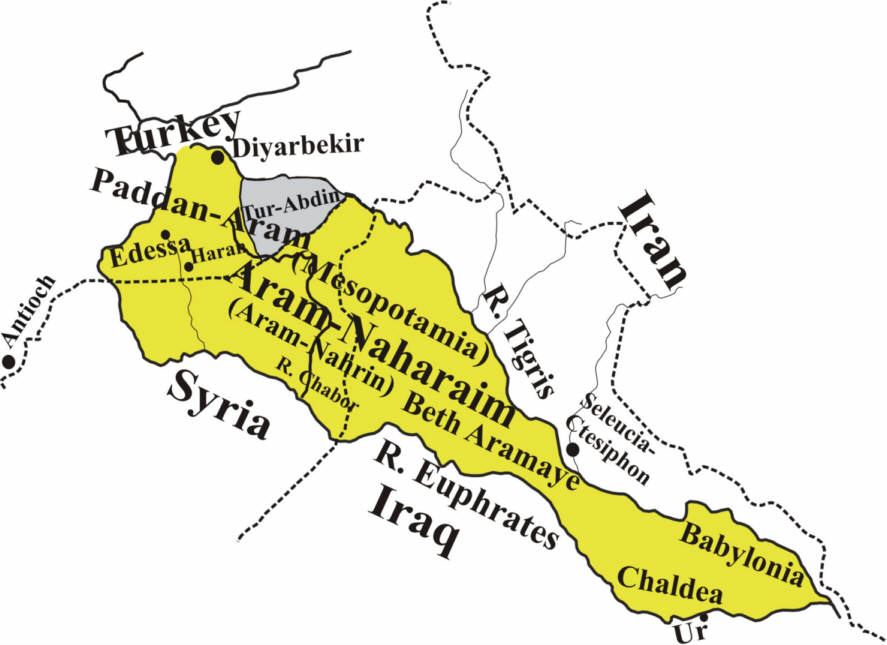

Aram
He was the founder of the Aramaeans, known to the Akkadians as the Aramu, but who were later known to the Greeks as Syrians (from Serug. In an Assyrian inscription of Tiglath-pileser I, c. 1100 BC, the Aramae are described as living to the east of the river Tigris. About the time of Tiglath-pileser III, however, they are living all over Mesopotamia; after which, of course, they settled to the west, occupying roughly the same area that makes up modern Syria. A cuniform tablet from Ur bears the name of Aramu, and it is of interest to note that Aramaic is still spoken


Uz
somewhat mobile nature of the Aramaeans (Aram was the father this is hardly surprising. Northern Arabia, between Babylonia and Edom, seems the most likely area of settlement

Hul
His descendants settled north of the Sea of Galilee, where they gave their name to the lake and vale of Huleh (the biblical Waters of Merom). The place was notorious amongst Victorian explorers of Palestine for its tribes of Bedhouin robbers, and its far from healthy marshes swamps, which today have been drained, the reclaimed land being farmed and settled. The modern Israelis have also set up a nature reserve there, and know the place of the vale of Hula. The lake of Hula is formed by the accumulation of water from the two sources of the Jordan before beginning their descent to Galilee
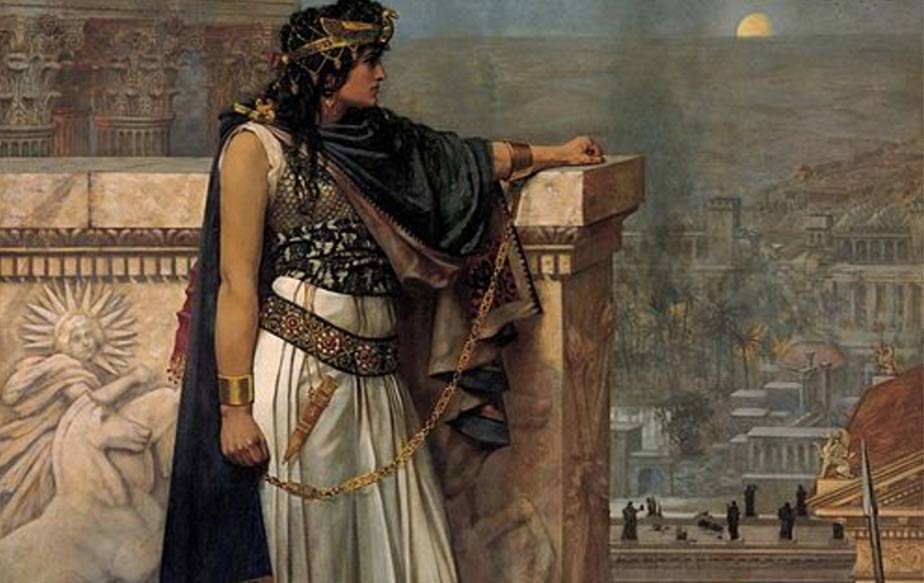
Gether
His descendants settled to the south of Damascus. Josephus identifies them as the latter-day Bactrians, famous amongst other things for a breed of camel. Whether identification is correct or not cannot now be determined. It should, however, be noted that Bactria was populated by 'Aryan', that is Japhetic tribes in late Assyrian times, whereas the children of Gether were
THE STORY OF ELAM
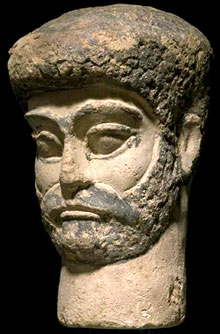

In his struggles with Chaldæa, Elam was not successful during the earliest historical period
princes long continued to own allegiance to the Semitic rulers whose influence was predominant from time to time in the plains of Lower Mesopotamia. Tradition relates that two of the earliest Semitic rulers whose names are known to us, Sargon and Narâm-Sin, kings of Agade, held sway in Elam,
Another early conqueror of Elam, who was of Semitic origin, was Alu-usharshid, king of the city of Kish, near those of Sargon at Nippur in Babylonia, Sargon subdued Elam and Para'se, the district in which the city of Susa was probably situated. From a small mace-head preserved in the British Museum we know of another conquest of Elam by a Semitic ruler of this early period. The mace-head was made and engraved by the orders of Mutabil, an early governor of the city of Dûr-ilu, to commemorate his own valour as the man "who smote the head of the hosts" of Elam. Mutabil was not himself an independent ruler, and his conquest of Elam must have been undertaken on behalf of the suzerain to whom he owed allegiance, and thus his victory cannot be classed in the same category as those of his predecessors. A similar remark applies to the success against the city of Anshan in Elam, achieved by Grudea, the Sumerian ruler of Shirpurla, inasmuch as he was a patesi, or viceroy, and not an independent king. Of greater duration was the influence exercised over Elam by the kings of Ur, for bricks and contract-tablets have been found at Susa proving that Dungi, one of the most powerful kings of Ur, and Bur-Sin, Ine-Sin, and Oamil-Sin, kings of the second dynasty in that city, all in turn included Elam within the limits of their empire.
Elamite history Semitic Babylonians and Elamites dwelt side by side in Susa and retained their separate languages. these two peoples occupied the the Semites at first in possession, which was afterwards disputed by the incursion of Elamite tribes from the north and east? subsequently pressed from Babylonia
The first Semitic incursions into Elam took place at a much later period than those into Babylonia, and under very different conditions. When overrunning the plains and cities of the Sumerians, the Semites were comparatively uncivilized, , without system of writing of their own. The incursions into Elam must have taken place under the great Semitic conquerors, such as Sar-gon and Narâm-Sin and Alu-usharshid. At this period they had fully adopted and modified the Sumerian characters to express their own Semitic tongue, and on their invasion of Elam they brought their system of writing with them. The native princes of Elam, whom they conquered, adopted it in turn for many of their votive texts and inscribed monuments when they wished to write them in the Babylonian language.
Karibu-sha-Shushinak, one of the earlier of the subject princes of Elam, reigned at Susa not later than B.C. 3000. He styles himself "patesi of Susa, governor of the land of Elam,"dedicated on the completion Gate of the god his lord, and when he had opened the canal of Sidur, he set up in face thereof his canopy, and he set planks of cedar-wood for its gate. A sheep appointed (for sacrifice) to him each day. On days of festival he caused the people to sing songs in the Gate . And twenty measures of fine oil he dedicated to make his gate beautiful. Four magi of silver he dedicated; a censer of silver and gold he dedicated for a sweet odour; a,sword he dedicated; an axe with four blades he dedicated, and he dedicated silver in addition for the mounting thereof.... A righteous judgment he judged in the city! As for the man who shall transgress his judgment or shall remove his gift,"

SHEM AS SAMSUILUNA OM HISTORY
SAMSUILUNA WAS THE 7TH KING OF AMORITE DYNASTY IN BABYLON
Samsu-iluna took the initiative in Babylon's struggle with the Country of the Sea, and that his action was due either to hIS declaration of independence or to some daring act of aggression on the part of this small state which had hitherto appeared too insignificant to cause Babylon any serious trouble.
Samsu-iluna undertook two expeditions against the Country of the Sea, both of which proved unsuccessful. In the first of these he penetrated to the very shores of the Persian Gulf, where a battle took place in which Samsu-iluna was defeated, and the bodies of many of the Babylonian soldiers were washed away by the sea.

In the second campaign Iluma-ilu did not await Samsu-iluna's attack, but advanced to meet him, and again defeated the Babylonian army. In the reign of Abêshu', Samsu-iluna's son and successor, Iluma-ilu appears to have undertaken fresh acts of aggression against Babylon; and it was probably during one of his raids in Babylonian territory that Abêshu' attempted to crush the growing power of the Country of the Sea by the capture of its daring leader, Iluma-ilu himself. The new chronicle informs us that, with this object in view, Abêshu' dammed the river Tigris, hoping by this means to cut off Iluma-ilu and his army, but his stratagem did not succeed, and Iluma-ilu got back to his own territory in safety.
Kassite kings of the Third Dynasty exercised authority not only over Babylonia but also over the greater part of Elam, fconsist of grants of land which the Babylonians themselves called kudurru, they have been frequently referred "boundary-stones."
kudurru enumerates the exact position and size of the estate with which it is concerned, but the kudurru was never actually used to mark the boundary. It was preserved as a title-deed, in the house of the owner of the estate or possibly in the temple formed his charter or title-deed to which he could appeal in case of any dispute arising as to his right of ownership. One of the kudurrus near Babylon by Nazimaruttash, a king of the Third or Kassite Dynasty, to the god Marduk, that is to say they were assigned by the king to the service of E-sagila, the great temple at Babylon.
///////////////////////



Walang komento:
Mag-post ng isang Komento